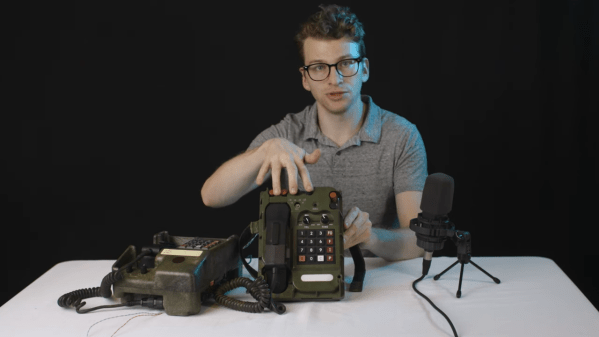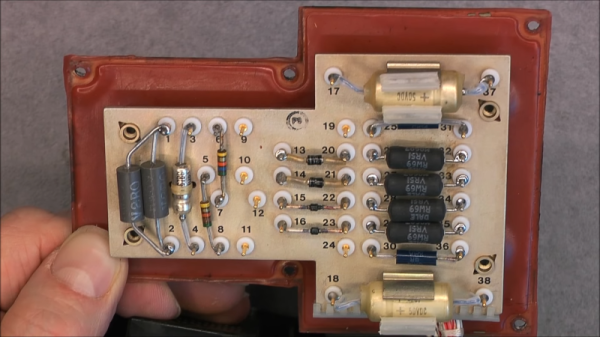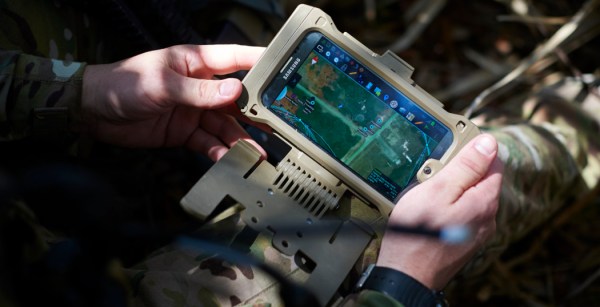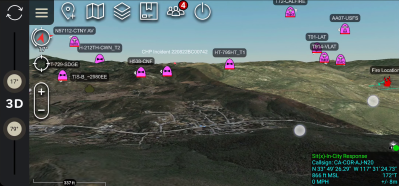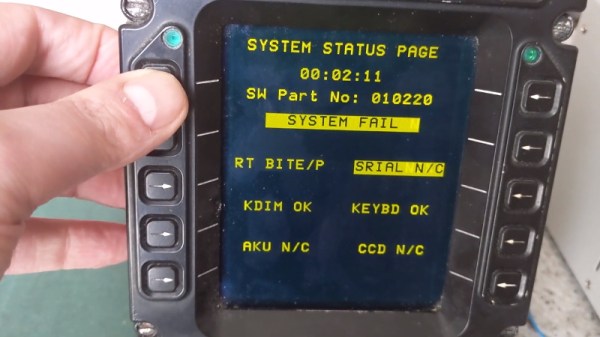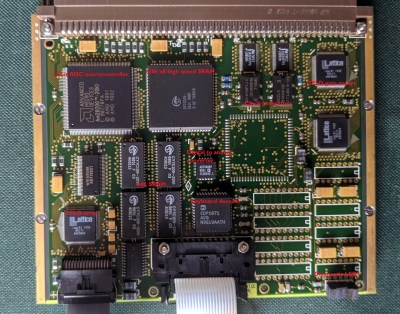We’re sorry, the politically correct term these days is “unidentified anomalous phenomena” (UAP), as it’s less likely to excite those with a predilection for tinfoil hats. But whether you call them flying objects or anomalous phenomena, it’s that unidentified part that has us interested.
Which is why we’ll be tuned into NASA TV at 10:30 a.m. EDT on May 31 — that’s when the agency has announced they’ll be broadcasting a meeting of an independent study team tasked with categorizing and evaluating UAP data. The public can even submit their own questions, the most popular of which will be passed on to the team.
Before you get too excited, the meeting is about how NASA can “evaluate and study UAP by using data, technology, and the tools of science”, and the press release explains that they won’t be reviewing or assessing any unidentifiable observations. So if you’re hoping for the US government’s tacit acknowledgment that we’re not alone in the universe, you’ll probably be disappointed. That said, they wouldn’t have to assemble a team to study these reports if they were all so easily dismissed. As always, interstellar visitors are dead last on the list of possible explanations, but some cases have too much hard evidence to be dismissed out of hand. They might not be little green men, but they are something.
Continue reading “Mark Your Calendars, NASA Is Holding A Public Meeting On UFOs”


